
You might know a few fast dog breeds, but can you list the top 10? You’ll find some predictable breeds in this list, but some of these dogs will probably surprise you! If you own a breed with a need for speed, you probably either have a big back yard, frequently go to a dog park, or enjoy going for runs with your pooch. Some of these dogs are quite content to lay around the house as long as they get a couple of good runs in everyday. Some of these breeds have endless amounts of energy that hardly seem depleted by a good run. With a few ties, there are more than 10 breeds that make the top 10 list, so here are the 13 fastest dog breeds according to World Atlas.
#1 – Greyhound – 45 mph
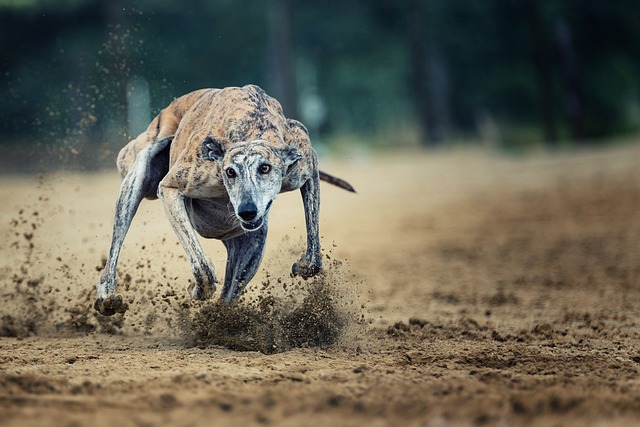
There’s no surprise that the Greyhound tops the list of fastest dogs. The were originally bred to chase hares, foxes, and deer. Greyhound racing further refined the breed into the fastest dog on earth. They’re thought to have originated in Egypt and have been prized among royalty for thousands of years. Greyhounds are sprinters, not endurance runners, and they’re quite happy to spend much of their time napping. They’ve been nicknamed the “40 mph couch potato” and will do well in an apartment with a few walks a day and the occasional sprint at the dog park. Although it is possible to buy a greyhound puppy, the vast majority of pet greyhounds in America are retired racing dogs who would otherwise be euthanized or sent to labs to be guinea pigs in the name of science.
#2 – Saluki – 42 mph

Along with the Greyhound, the Saluki is one of the oldest dog breeds. According to Dogtime:
“Once known as the Persian Greyhound or the gazelle hound, the Saluki has long been considered one of the most ancient of breeds. Recent genetic evidence confirms this to be the case. Scientists speculate that Salukis and other ancient breeds descend from the first dogs and made their way through the world with their nomadic owners. Depictions of dogs resembling Salukis — with a Greyhoundlike body and feathering on the ears, tail, and legs — appear on Egyptian tombs dating to 2100 B.C.E., some 4,000 years ago. Even older are carvings from the Sumerian empire (7,000-6,000 B.C.E.) that show dogs with a striking resemblance to the Saluki.”
Salukis hunted hares and gazelles. They were mummified by Egyptian pharaohs and revered as a gift from Allah by Muslims.
#3 – Afghan Hound – 40 mph
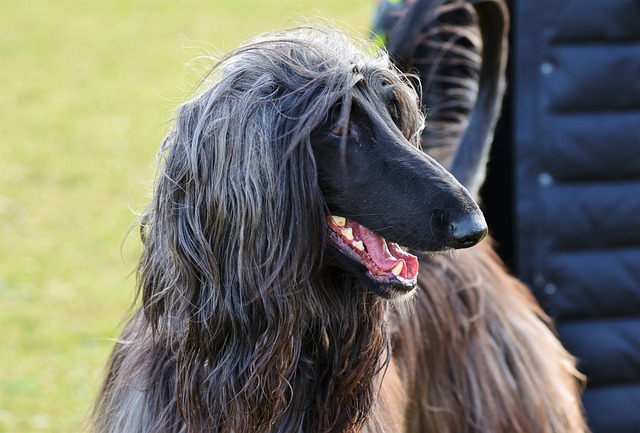
The Afghan Hound is originally from Afghanistan, where it was used to hunt in the deserts and mountains. Its long, flowing coat was required to keep it warm. Another ancient breed, Afghan Hounds have a very independent personality and can be difficult to train. They are known as a clownish breed and require extensive grooming to prevent their flowing locks of hair from getting matted. Afghan Hounds are escape artists and can be incredibly difficult to catch due to their speed. They tend to bond with one specific person.
#3 – Vizsla – 40 mph
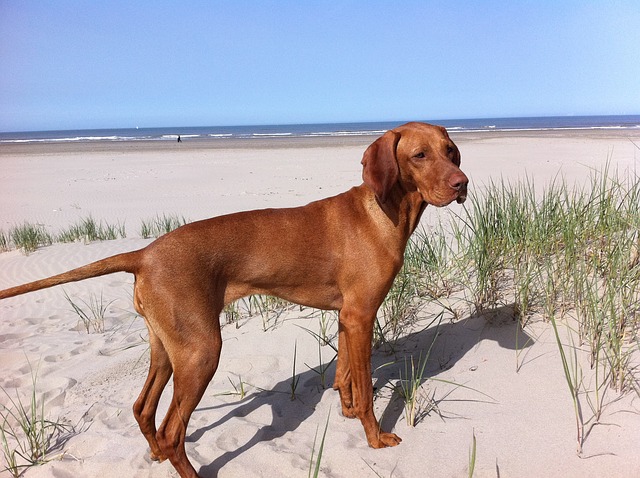
Tied with the Afghan Hound for being the third-fastest dog, the Vizla was developed in Hungary to be both a pointer and a retriever. They worked closely with hunters and that personality trait has continued into modern times, leading to the nickname of the “Velcro Vizsla” for their tendency to stick close by the side of their favorite person. The Vizsla has a lot of energy and needs plenty of exercise to prevent it from becoming destructive. Since they are so close to their people, they are prone to separation anxiety if left alone too much. They would make a great playmate for older kids but are probably too rambunctious for little kids.
#5 – Jack Russell Terrier – 38 mph
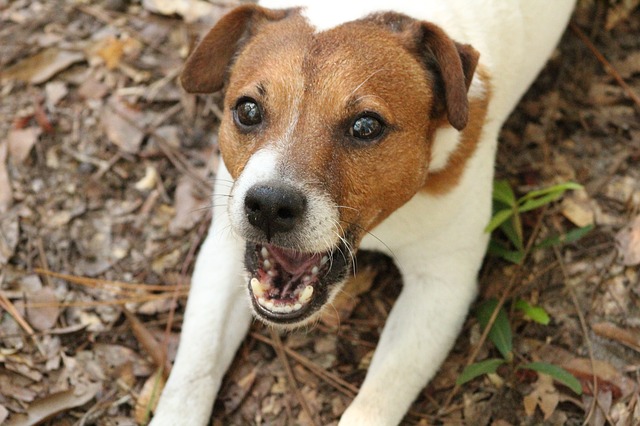
Compared to many of the other breeds on this list, the Jack Russell Terrier is a relatively young breed, having been bred by Parson Jack Russell to be the perfect fox hunting dog. They have endless amounts of energy and an independent mindset. They hate to be bored and can cause trouble if their intelligence isn’t given an outlet. If you have the time and patience to train a Jack Russell and provide him with plenty of energy, he can be a great companion and may excel at a variety of dog sports.
#6 – Dalmatian – 37 mph
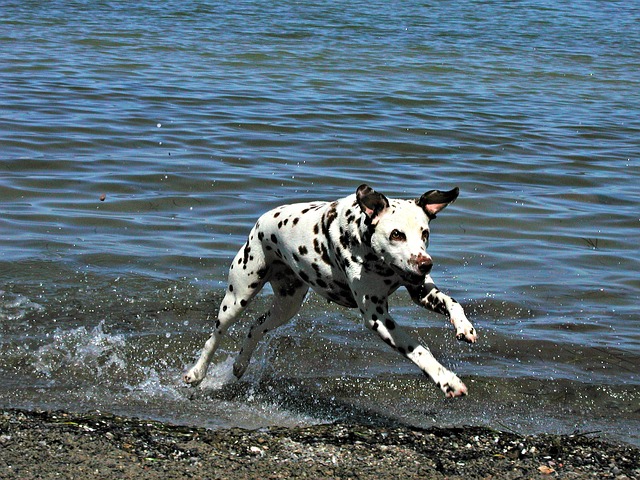
Dalmatians were bred to run alongside carriages for many miles at a time to fend off highway robbers, so they have an exceptionally high energy level. They are also prone to deafness. According to Dogtime:
“Approximately eight percent of Dalmatians are born completely deaf, and 22 to 24 percent are born with hearing in one ear only…Some people believe deaf dogs can make just as wonderful pets as hearing dogs if they are trained with hand signals and vibrations so they are less likely to be startled. If you are considering adopting a deaf puppy or older adult dog, be sure to research the issue and the special care requirements of living with a deaf dog before you suffer the heartbreak of taking the dog in and not being able to manage his care properly.”
While Dalmatians aren’t the right breed for everyone, they can make great companions for the right family.
#7 – Borzoi – 36 mph
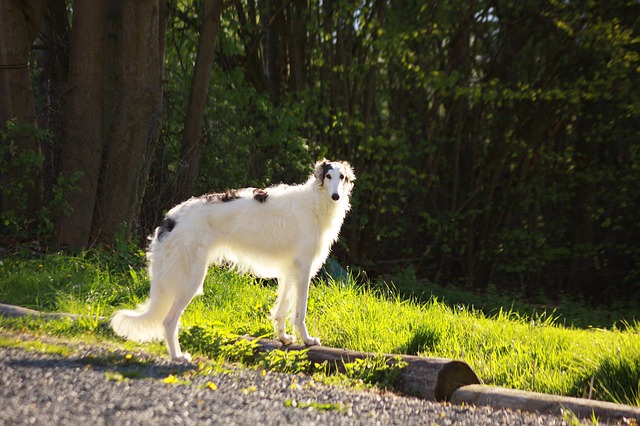
The Borzoi was developed in Russia for hunting and coursing, going after rabbits, foxes, and wolves in teams of 3 dogs. They were favored by royalty. Like Greyhounds, they are happy with a moderate amount of exercise and will be happy to lounge in bed most of the day. They don’t like to be alone and would prefer to be by your side as much as possible. They shed a lot and require regular grooming.
#8 – Whippet – 34 mph
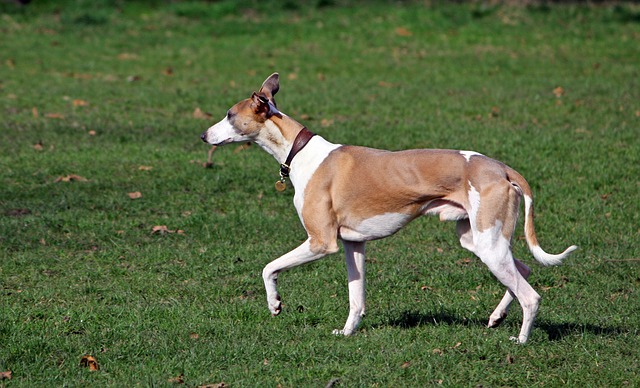
Smaller than their cousins, the Whippet was nicknamed the “poor man’s Greyhound” and was probably used for poaching rabbits. They have very high prey drive and may not do well living with cats or other small animals. They need to be leashed if they aren’t contained by a tall fence because they will chase after anything that moves, no matter how well-trained they are. Whippets can make good family pets if they get enough exercise and enjoy a good snuggle.
#9 – Doberman Pinscher – 32 mph
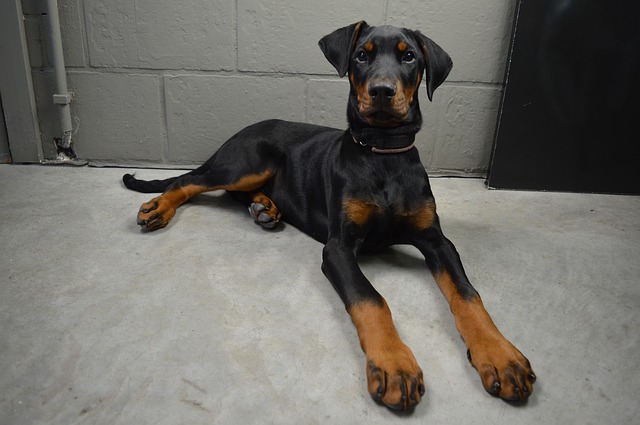
While Dobermans were originally bred to be guard dogs, they can make good family pets if they are trained, socialized, and given plenty of exercise and things to keep their intelligent mind occupied. They enjoy being part of a family and will naturally protect the people they love. According to Dogtime:
“Once upon a time, in the late 19th century, there was a tax collector named Louis Dobermann, who lived in the town of Apolda, in the Thuringia district of Germany. His job of collecting money was dangerous because there were bandits in the area who might attack him as he made his rounds. Since Dobermann was also the town dogcatcher, he often took along a dog for protection. Dobermann began breeding dogs with the idea of a loyal companion and protector in mind. The result of his breeding experiments was the early Doberman Pinscher.”
#10 – German Shepherd – 30 mph
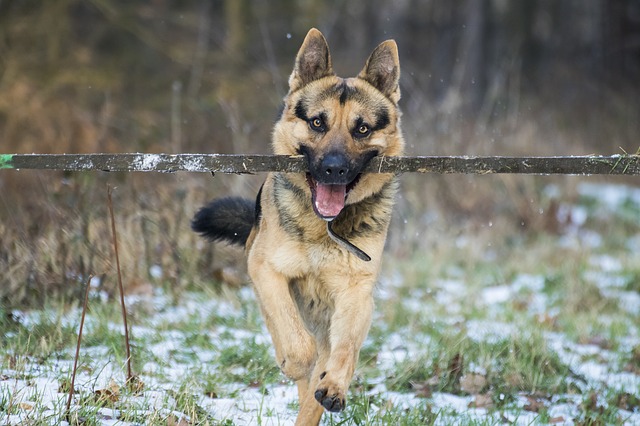
The German Shepherd consistently ranks as one of the 10 most popular breeds in America. They are also in a 3-way tie for the fastest dog in the world. This versatile breed has been used for everything from protection to drug sniffing to herding to assisting those with disabilities and much more. Unfortunately, their popularity has been their downfall, as unscrupulous breeding has led to a high incidence of hip dysplasia and other hereditary diseases. Do your research carefully when looking for a breeder if you choose to get a German Shepherd puppy.
#10 – Standard Poodle – 30 mph
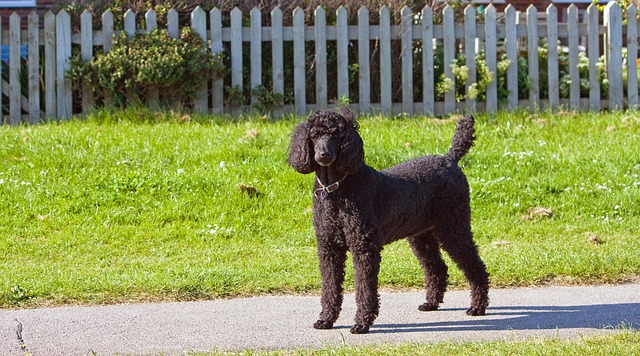
Standard Poodles were originally bred as water dogs to retrieve waterfowl for hunters. Don’t let their fancy hairdos fool you – Standard Poodles are very active, sporty dogs that do best with a job to do. They are extremely intelligent and will find something to do if bored – even if that something means tearing up your home when they’re alone. Their curly coats require extensive amounts of grooming, especially if they spend a significant amount of time in the water, as their coat can become painfully matted.
#10 – Border Collie – 30 mph
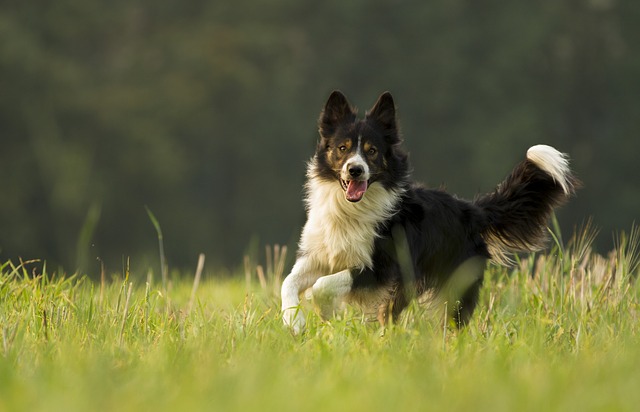
Bred to herd sheep, Border Collies can run all day long without tiring. They are extremely intelligent and adapt well to nearly any dog sport you can imagine. According to Dogtime:
“The Border Collie is a herding dog, which means he has an overwhelming urge to gather a flock. That flock could be sheep, children, cats, squirrels, or anything that moves, including cars. This instinct to nip, nudge, and bark, along with his energy, cannot be trained out of him. Rather, it must be directed. He must have a task, whether it’s actually herding sheep or competing in dog sports. A brisk walk or a game of fetch every day isn’t enough activity for the Border Collie.”
(H/T: World Atlas)
via Whisker Therapy